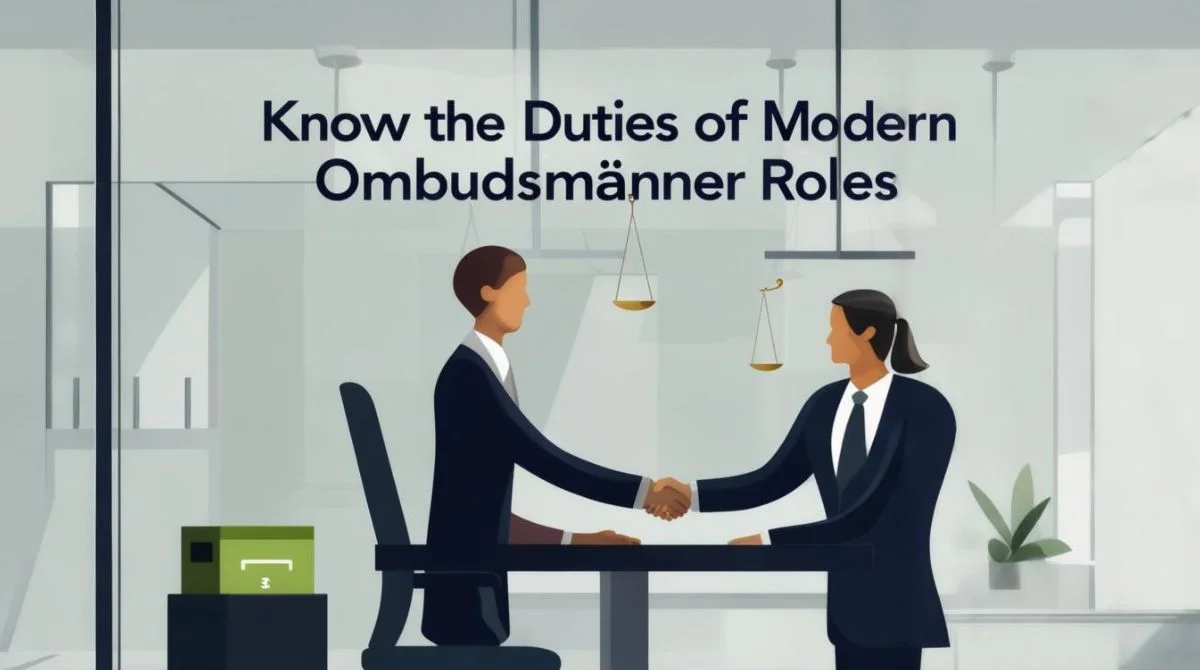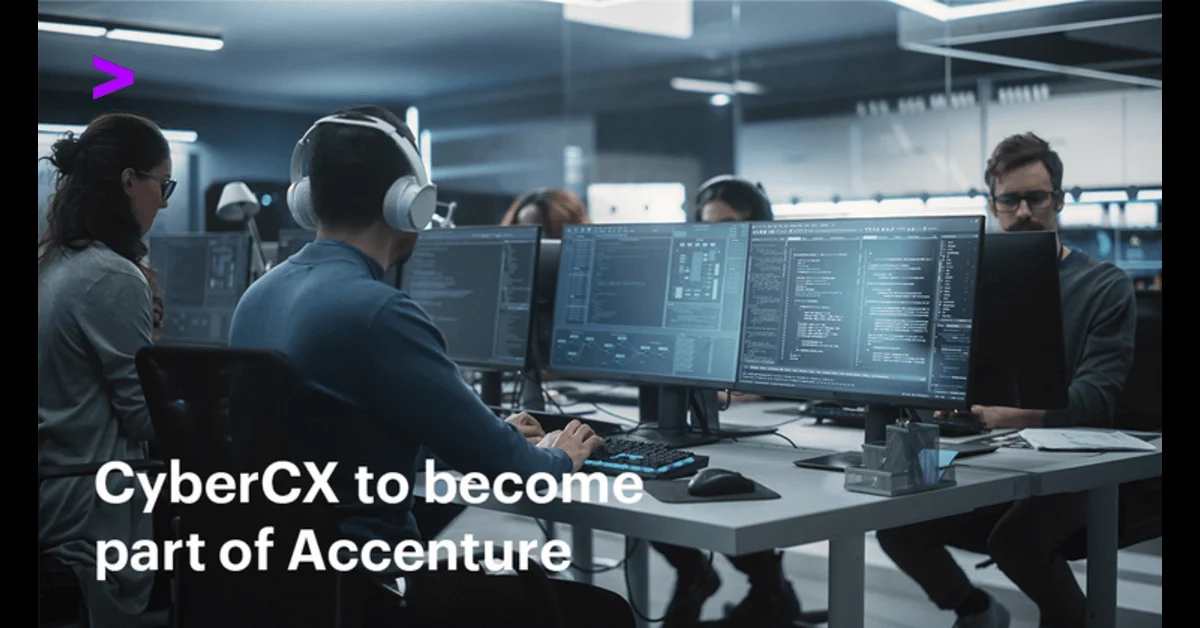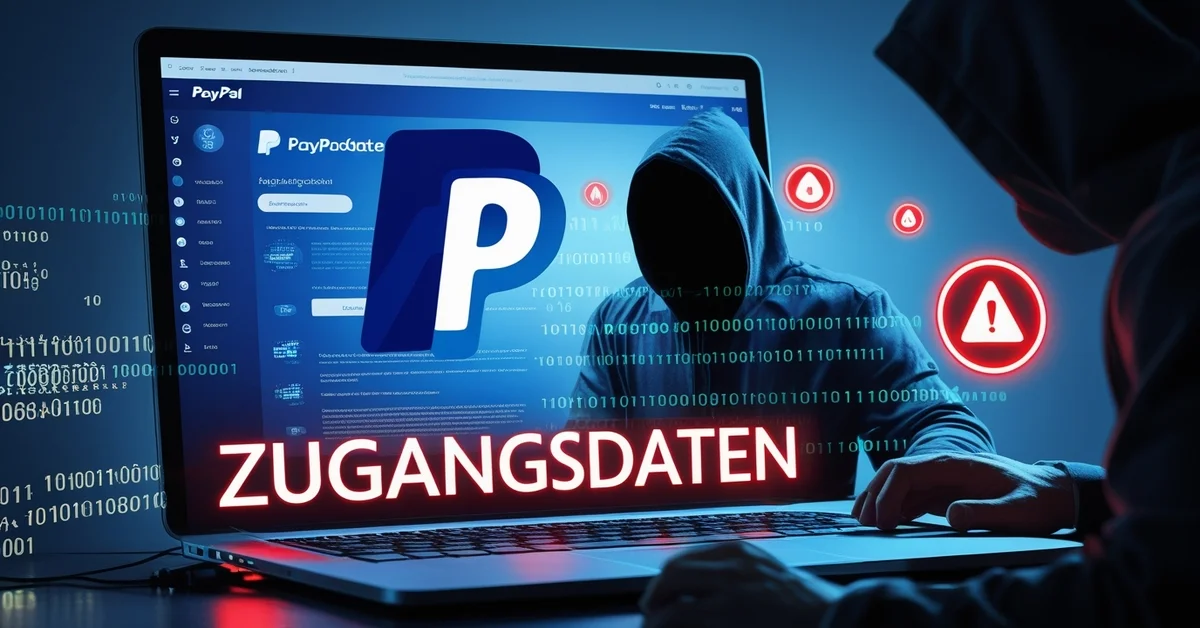Modern Ombudsmänner serve as neutral protectors, standing between individuals and institutions to ensure fairness. Their main focus is to explore complaints, recommend solutions and help improve services in both public and private sectors. They play a vital role in ensuring administrative fairness, accountability and trust. Whether in government, finance, healthcare or corporate settings, their duties are grounded in impartiality, transparency and proactive reform.
Complaint Intake and Resolution
Ombudsmänner receive complaints from individuals’ residents, customers, employees or citizens and independently investigate them. They listen carefully, guarantee confidentiality or anonymity when needed and guide people through complaint processes. They resolve issues informally through mediation or formally by recommending remedies to the organization in question. Their priority is always to serve the complainant’s needs.
Investigation Powers
Once a complaint is lodged, an ombudsmann has the authority to request documents, interview witnesses or inspect relevant offices or records. While their recommendations are often not legally binding, many institutions comply voluntarily to avoid public scrutiny. Increasingly, modern ombuds offices also act sua sponte initiate investigations even without an individual complaint to address broader systemic issues.
Systemic Reform and Policy Advice
Beyond individual complaints, modern ombudsmänner analyze patterns in grievances. They identify underlying causes such as poor procedures, discriminatory policies, lack of transparency and propose reforms. They may publish reports, provide training to staff or advise government and organizations to reshape their practices for fairness and efficiency.
Ensuring Independence and Impartiality
A fundamental duty is to remain neutral and perceived as neutral by all parties, especially when handling complaints involving powerful institutions. Ombudsmänner must operate independently from governmental or corporate influence. Enabling laws or constitutions often secure their independence, define appointment processes, guarantee tenure and shield them from interference.
Public Awareness and Outreach
For an ombuds office to work efficiently, it needs to be both accessible and well-known to the public. Outreach efforts include engaging with media, distributing multilingual guides, hosting seminars or regional visits and maintaining simple complaint channels. Proactive awareness ensures people know their rights and can access help when needed.
Reporting and Accountability
Transparency is key Ombudsmänner issue reports to parliaments, boards or governing bodies, often annually or after major investigations. These reports include findings, recommendations, compliance rates and follow up outcomes. This builds public trust and supports accountability.
Resource Management and Staffing
Running an ombuds institution requires adequate resources: qualified investigators, outreach staff, legal experts and administrative support. Organizational structures vary some have a single ombudsperson, while others feature multi member commissions or departments specialized by grievance type.
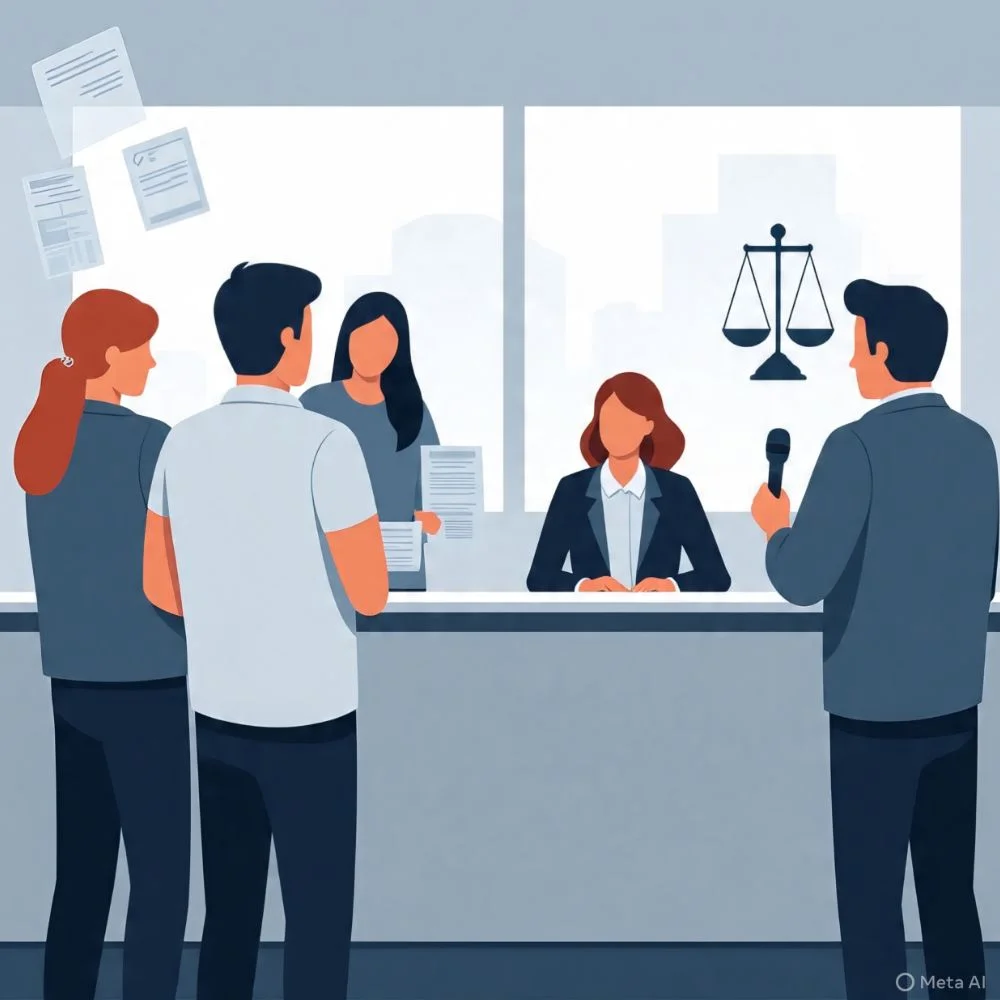
Types of Modern Ombudsmänner and Their Duties
1. Classical / Parliamentary Ombuddsmänner
These institutions focus on public sector accountability, investigating complaints against government bodies. They examine human rights issues, administrative injustice and maladministration. Their work fosters check and balance and upholds rule of law.
2. Organizational Ombudsmänner
Present in corporations, universities, NGOs or agencies, these ombuds focus on workplace disputes, whistleblower concerns, ethical issues, harassment, and internal policy conflicts. They act as confidential mediators, offering informal resolution or referrals, but not ODR (online dispute resolution) unless defined. Their neutrality helps maintain trust inside organizations.
3. Specialized Ombudsmänner
These roles address specific sectors or groups. Examples include tax ombudsmen, banking and insurance ombuds, patient or senior care ombuds, children’s rights ombuds and harassment at work ombuds. Their duties mirror those of general ombuds but tailored to specific legislation, regulations and stakeholder groups.
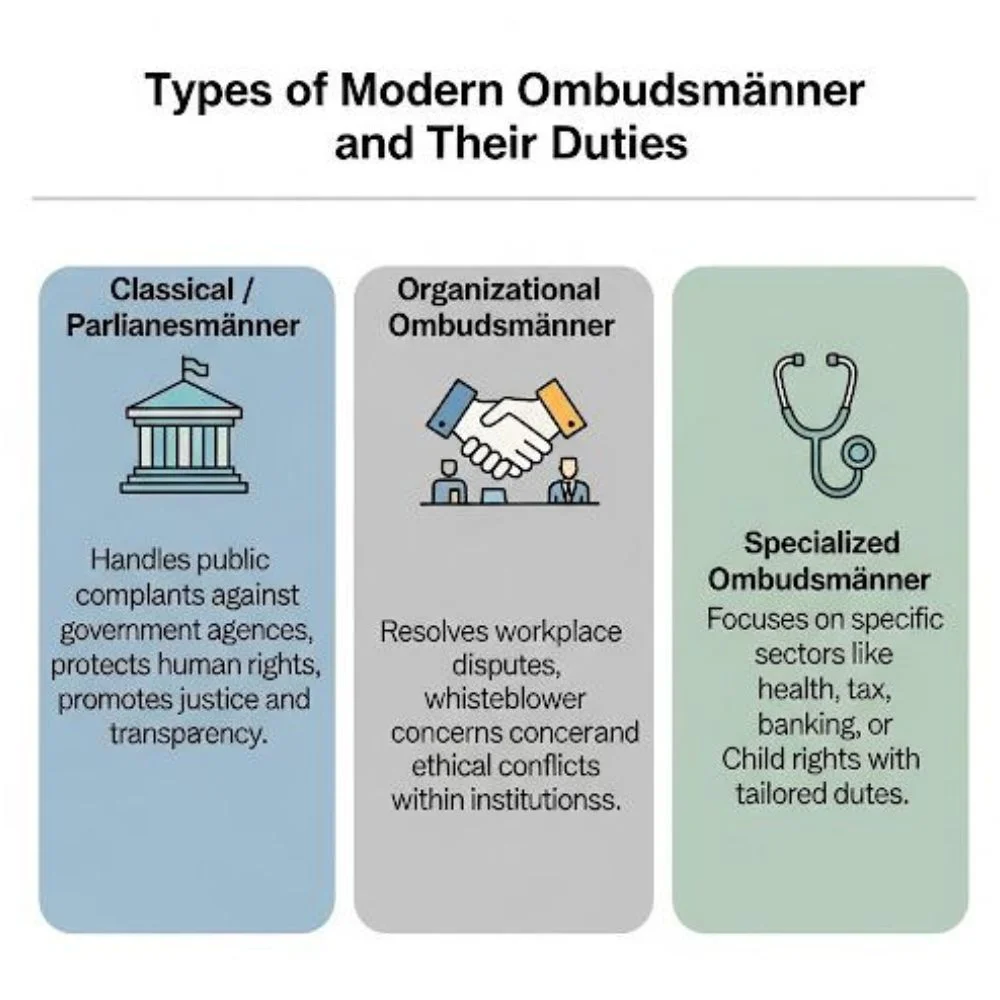
Duties In Action: Case Examples
1. Pakistan’s Federal Ombudsman (Wafaqi Mohtasib)
In Pakistan, the Wafaqi Mohtasib handles complaints related to federal government departments. The office investigates maladministration, compensates aggrieved citizens and improves administrative procedures. It operates under constitutional and statutory mandates, is independent and has regional offices across major cities.
2. European Ombudsman
The European Ombudsman promotes openness, ethical conduct, public involvement and fairness within EU institutions. Duties include investigating complaints, recommending policy or procedural changes, promoting lobbying transparency and monitoring ethical standards and fundamental rights protections across member institutions.
3. Organizational Ombuds in Universities or Corporations
These ombuds offer safe, informal and confidential channels for staff or students to raise concerns about discrimination, ethics violations, harassment or workplace conflicts. They coach individuals, mediate disputes and help organizations spot trends that lead to policy or training interventions.
Why These Duties Matter Benefits of Modern Ombudsmänner?
1. Promoting Efficiency and Trust
By resolving complaints swiftly and recommending systemic improvements, ombudsmänner reduce bureaucratic friction, regain citizen confidence and foster institutional accountability.
2. Supporting Access to Justice
Ombuds offices are free for users, informal, confidential and easy to access. They help people navigate complex systems without needing lawyers, especially vulnerable or underrepresented groups.
3. Driving Systemic Change
They move institutions from reactive complaint handling to proactive reform. Investigating root cause issues prevents repeat issues and reduces the volume of appeals over time.
4. Maintaining Independence
Through legal protection and impartial operations, ombudsmänner build public trust. Their neutrality ensures neither complainants nor institutions feel unfairly treated.
Modern Best Practices for Ombudsmänner
- Clear legal mandate and enabling framework: laws or constitutional provisions that outline jurisdiction, powers, reporting requirements, appointment/removal rules, funding and confidentiality protections.
- Accessible complaint mechanisms: simple channels (online forms, telephone, mail), assistance for non-writers, multilingual support and confidential feedback paths.
- Proactive outreach: media cooperation, regional visits, public information campaigns, multilingual brochures, seminars for officials and citizens.
- Regular reporting: publish annual and special reports with findings, recommendations and follow up statistics to legislature or governing boards.
- Strong staff capacity and specialization: investigative teams, legal advisors, outreach officers, public liaison staff, statistics analysts and sometimes regional delegates.
Duties of Modern Ombudsmänner
| Area | Key Duties |
| Complaint Handling | Receive and assess grievances; ensure confidentiality; advise and mediate on preferred outcomes |
| Investigation | Gather evidence; interview; examine records; use sua sponte jurisdiction when needed |
| Recommendation | Propose corrective actions, policy reforms, compensation or service change |
| Systemic Oversight | Analyze trends; conduct sector or systemic reviews; advise institutions on better procedures |
| Independence | Operate free from political or managerial influence, selection via transparent processes |
| Outreach & Awareness | Public engagement; education campaigns; seminars and media presence |
| Transparency & Reporting | Issue public and legislative reports; monitor compliance rates; maintain records |
| Resources & Staffing | Maintain professional personnel; functional structure: single or multi-member, with specialization |
Upcoming Challenges for Ombudsmänner
1. Digital Overload
Growing volume of online complaints may overwhelm existing systems, requiring better digital infrastructure and staff training.
2. Political Interference
In some regions, governments may try to limit ombudsmänner independence, threatening neutral investigations.
3. Public Awareness Gaps
Many people still don’t know their rights or how to contact an ombuds office, reducing access and impact.
4. Limited Resources
Budget cuts, lack of trained staff or outdated tools can delay investigations or reduce coverage.
5. Complexity of Modern Issues
New challenges like AI bias, data privacy violations and cyberbullying demand evolving expertise.
6. Trust Deficit
Where past corruption or inefficiency existed, rebuilding trust in the ombudsmann’s role remains a tough task.
7. Cross-Institutional Accountability
When problems involve multiple agencies or jurisdictions, coordination becomes more difficult and slower to resolve.
Conclusion
Modern Ombudsmänner serve as crucial channels of accountability that bridge the gap between individuals and institutions. Their duties from fair complaint resolution and impartial investigation to systemic reform and public outreach enable individuals to seek justice and organizations to improve. By operating independently, reporting transparently and continually learning from trends and cases, modern ombudsmänner contribute to trust, fairness and better governance. For users, knowing these duties means understanding when and how to approach an ombuds office, what to expect in terms of resolution and how institutions can be pushed toward better service.
